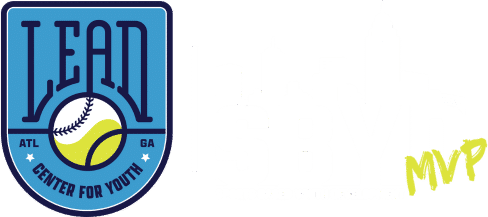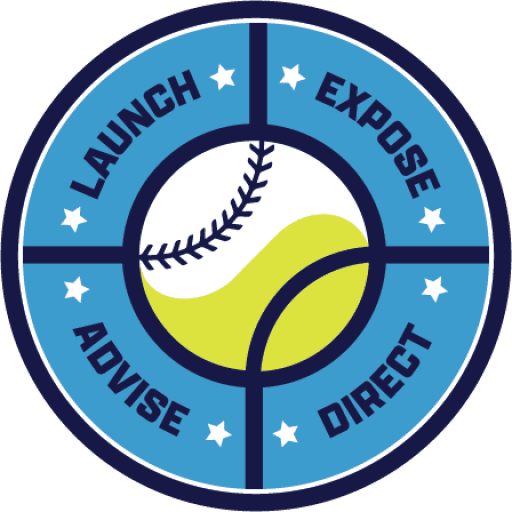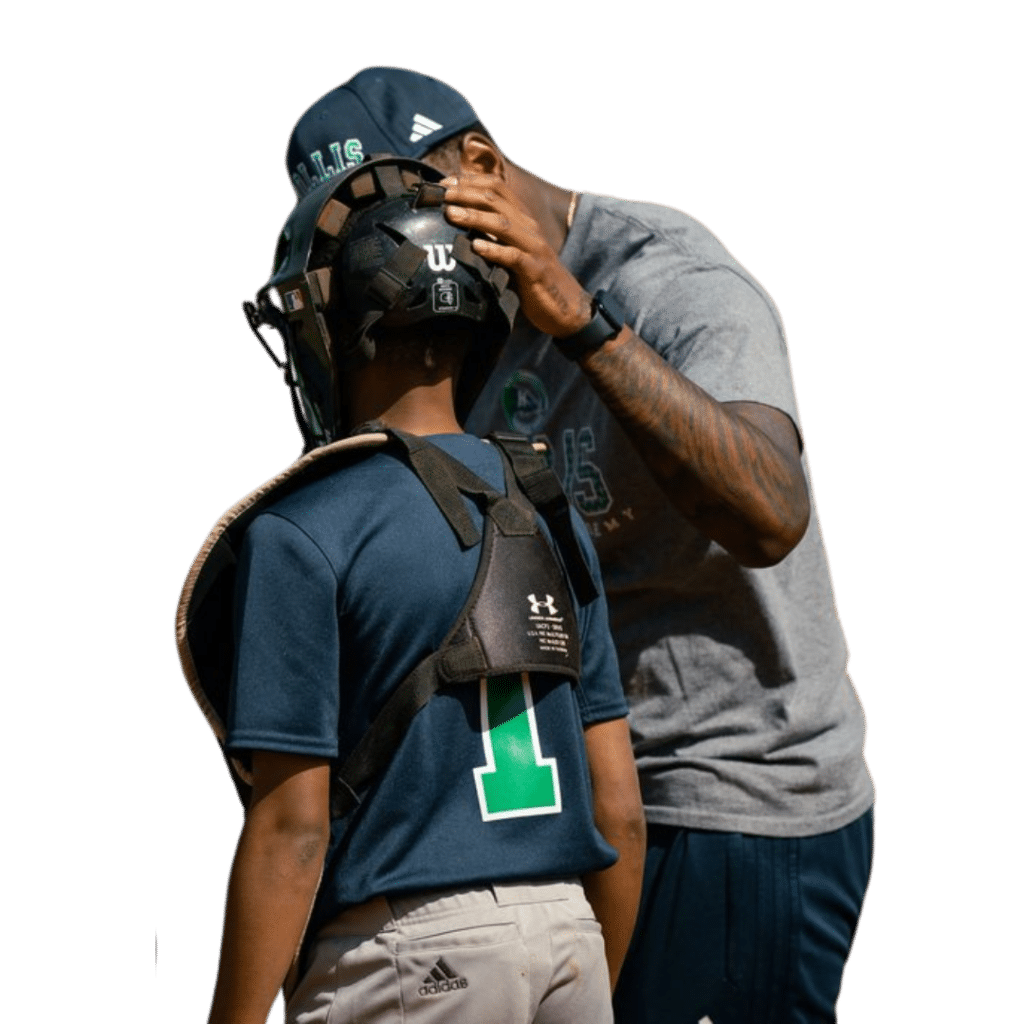I was born and raised in Bankhead in the late 70’s. Bankhead was and still is a community for majority Black and poor people.
Around the age of seven, I remember leaving my Bankhead community to attend Northside High School located in Buckhead so that I could learn how to do gymnastics and engage in other academic enhancement activities.
I remember the houses in Buckhead being so large. The grass was so green and everything was so clean. The contrast with my community was stark.
At age eight, I began dreaming of playing professional baseball with the Chicago Cubs after watching hours of the Cubbies playing on WGN in the summer with my grandfather. After the games, I would practice in the backyard by hitting and throwingrocks at targets.
I was drafted at age 18 and 20 by Chicago Cubs and finally signed the second time. After my career ended, I began training youth baseball players in the East Cobb and Buckhead community.
I grew as a person and coach in those communities. I was able to help a lot of young men fulfill their life goals of becoming Major Leaguers, business owners and military officers, to name a few.
In 2007, Stan Conway, one of my for-profit clients fromBuckhead challenged me in a way that I will never forget. He asked me what I wanted to with the rest of my life in addition to coaching. No one had ever asked me a question like that – a question that forced me to expand my limited horizon beyond my current daily life and outward to “the rest of my life”. In baseball terms, he was asking me what I planned to do to “cover all my bases” – the present, the future and the larger world in which I exist.
Stan, a white man, told me that he was aware that there was a decline of African-Americans in baseball at the MLB level. I knew that to be a fact, but I also realized I wasn’t doing anything about it. I was planting seeds in a field in the suburbs and Buckhead – I was helping fill the coveted spots of Major League Baseball with more white men – and by doing so, I was working a field that wasn’t mine. My field – my farm, my “garden” – was Bankhead and I wasn’t planting anything there.
 |
| L.E.A.D. Ambassador Amari Jones |
L.E.A.D., Inc. (Launch, Expose, Advise, Direct) was established in 2007 and we’ve been tilling, planting, nurturing and harvesting ever since. L.E.A.D. offers advocacy and significance to inner city ATLANTA black males that are struggling with grades, attendance and/or behavior.
I am both privileged and challenged by the reality that we live in a bifurcated city – a city of two separate communities – and I have one foot in each of them. Consider something as simple as barbershops. Barbershops are institutions that are a microcosm of a still segregated ATLANTA. I have two barbers, one in Bankhead and one in Buckhead. A few years ago, I met former Georgia Governor, Joe Frank Harris at my Buckhead barbershop. I later met his son, Joe Frank Harris, Jr. The Harris family has resided in Bartow County for several decades.
Joe Jr. asked me if I would be willing to come to Bartow County to mentor students as I do in the inner city of Atlanta. I hosted Joe Jr. at one of our partner middle schools (Brown Middle School) so that he could see how and why L.E.A.D. exists. A few weeks later, he hosted me at Allatoona Elementary School in Bartow County. Like Bankhead, Bartow County suffers from extreme poverty which often leads to drug addiction and crime. The only major difference between the students that I serve in Bankhead and Bartow is their race.
 |
| C.J. Stewart at Allatoona Elementary School |




